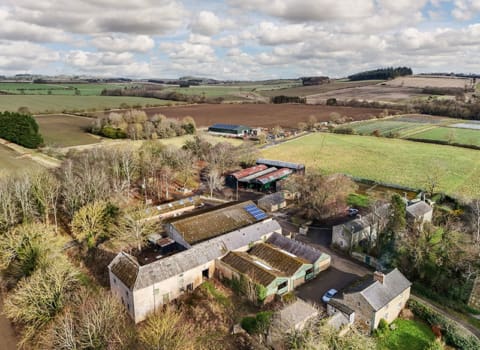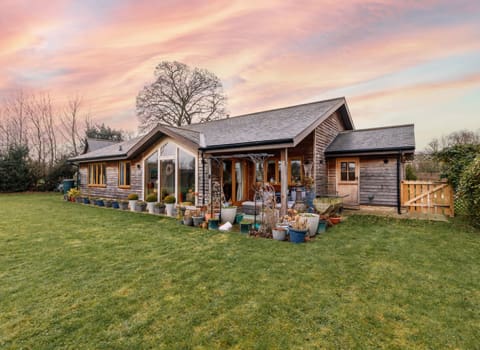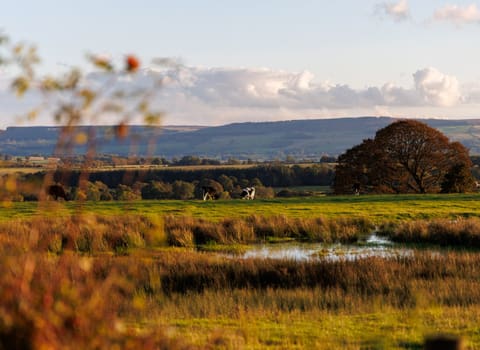Contact our offices
Main office
COLBURN
5 & 6 BAILEY COURT
COLBURN BUSINESS PARK
RICHMOND
NORTH YORKSHIRE
DL9 4QL
Estate Agency Offices are located in
BARNARD CASTLE, BOROUGHBRIDGE & RICHMOND
Residential Management Team
Our Offices
- Alnwick
01665 568310
Email Officealnwick@gscgrays.co.uk - Barnard Castle
01833 637000
Email Officebarnardcastle@gscgrays.co.uk - Boroughbridge
01423 590500
Email Officeboroughbridge@gscgrays.co.uk - Chester-Le-Street
0191 3039540
Email Officechester-le-street@gscgrays.co.uk - Colburn
01748 897630
Email Officecolburn@gscgrays.co.uk - Driffield
01377 337180
Email Officedriffield@gscgrays.co.uk - Hamsterley
01388 487000
Email Officehamsterley@gscgrays.co.uk - Hexham
01434 611565
Email Officehexham@gscgrays.co.uk - Kirkby Lonsdale
01524 880320
Email Officekirkbylonsdale@gscgrays.co.uk - Penrith
01768 597005
Email Officepenrith@gscgrays.co.uk

Earthshot Eyeopener
COP26 sees a refocus on climate change amidst the ongoing pandemic and a little settling in of post Brexit relations across the Channel.
In the lead up to the summit, the Earthshot Prize shone a light on some of the technologies which might offer workable solutions for us all.
Hydrogen is now being more widely recognised as a key component for a greener future, whether fuelling HGV’s, manufacturing Green Steel, or utilising existing or slightly modified gas boilers.
Our current logistical network is geared up to deliver liquid and gaseous fuels and at an industrial scale. The wider use of hydrogen, therefore, seems a logical fit if we can make it work.
I was conscious of this before the Earthshot Prize but intrigued to read about one of the winners. Enapter has a scaleable means of producing hydrogen by passing green power through a fuel cell to split water. This hydrogen can then be used as a conventional fuel, but it can also be stored and passed back through the fuel cell to produce electricity. This allows the energy from wind and solar to be stored and used later. With significant competition for battery components likely to be a part of our futures, this offers an interesting alternative and one which can operate at a much smaller scale than I had originally perceived for hydrogen.
As a rural practitioner, who lives in a reasonably isolated location, the traditional means of domestic space heating was an oil-fired boiler, open fires, or stoves. Some years ago I installed a wood-burning cooker and pellet boiler and have not used fossil fuels for cooking or space heating since. I do however rely on the processing of the material and deliveries, so do still have a carbon footprint which Enapter’s technology would have avoided.
Enapter can provide an off-grid solution for those in my position but I imagine it would also be ideal for community schemes, serving clusters of houses, farms, and other rural businesses, which have the space to accommodate both the means of electricity generation and hydrogen storage.
I can easily foresee a client who is both nervous about increasing energy prices and mindful of the climate change agenda seriously considering this sort of technology. In being off-grid, you can fix your future energy costs and do so in a sustainable way. From what I have seen, this should work for a country house, an intensive pig farm or a vegetable packing plant.
We are all facing up to the realities of doing our bit, be that considering a hybrid or electric car, the replacement of our boiler or whether we are supportive of a new coal mine. I think that it is naïve not to recognise that these decisions do have immediate cost implications for us. What technologies like Enapter’s do, is to open the door to a new, more collaborative, more imaginative way of thinking.
If the equation reads: Sunshine or wind + water + tech = Net Zero.
Then sign me up!
For me, the Earthshot Prize did exactly what it was intended to do, it showed us a tangible and accessible way of dealing with climate change and at a point in time where I think people are ahead of many politicians. It is incumbent on us all to run with these ideas, to convince the sceptical, and in doing so, bring about the level of change needed to ensure that the next generations are left a legacy and not a liability.










